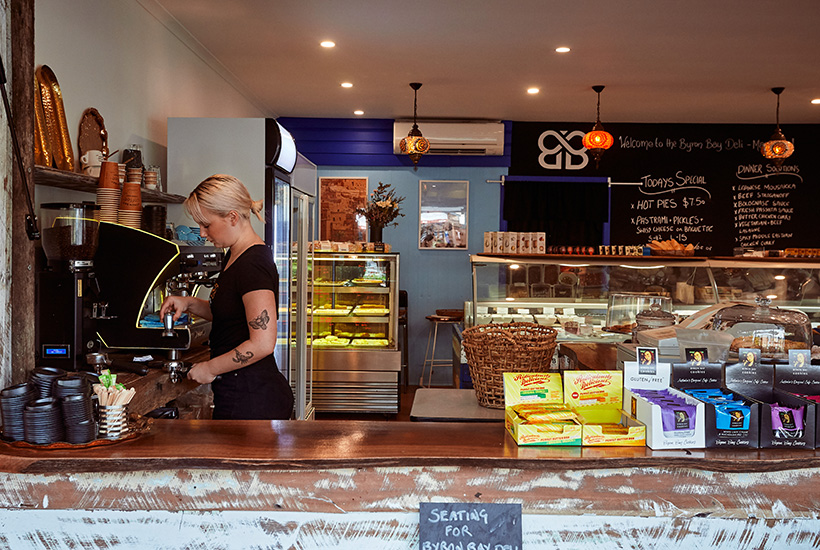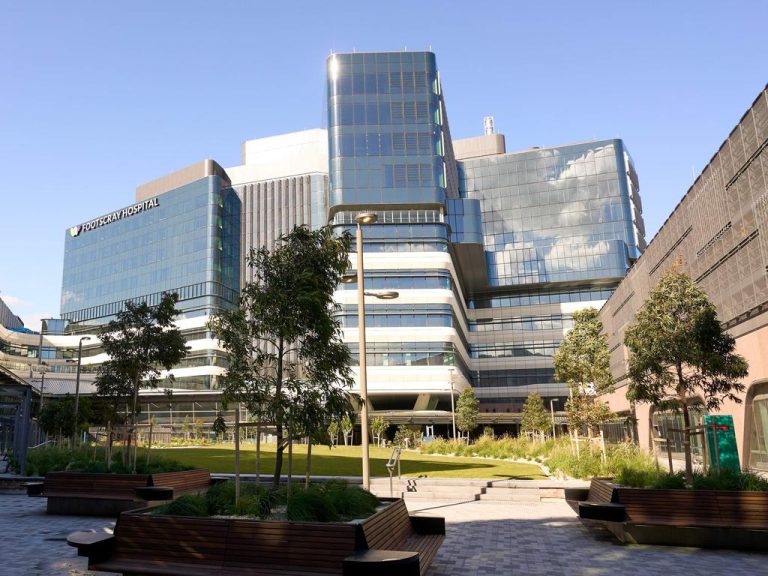How much is my commercial property worth?

It’s crucial to clarify a commercial property’s financial value.
Luckily, there are simple methods every asset owner can follow to understand this important point.
How is commercial real estate valued?
Unlike residential property, which is based largely on land value, commercial properties are more complex in the way they’re valued.
Three major factors are assessed when trying to ascertain a commercial property’s value:
- Market yields
- Rental returns
- A property’s possibility for strong capital growth
For a retail property, the value takes into consideration how it’s currently leased, what rent it is achieving and how long the tenant has left on their lease, according to REA Group economist Anne Flaherty.

Calculating the value of commercial property is based on a number of key factors. Picture: Getty
“All of these things are helpful to retailers and add value to properties,” she said.
But the first step for property owners is to seek an independent valuation or appraisal.
How to calculate commercial property value
There are two methods to value standard, single tenancy commercial spaces: an income capitalisation and a direct, or cost, comparison, according to Australian Valuers’ director Craig Smith.
Mr Smith said while these methodologies used different calculations and generally generated the same, or similar, values, both should be used to ensure an accurate valuation.
“You always want to have sales evidence giving you both inferior and superior rates or yields,” he said.
“You then want your subject to fit somewhere within this range.”
1. Income capitalisation
This approach is calculated by dividing the property’s net operating income by its capitalisation or cap rate.
Expressed as a percentage, a cap rate is the sum of an NOI divided by its current market value.
Mr Smith said the primary method for leased, or going concern, properties should be income capitalisation.
“The first thing to do is check that the rent currently being paid is in line with the market,” he said.
“If that’s the case, then you simply capitalise this rent at its market yield.”
Mr Smith added that a good way to check market yield was to analyse investment sales and passing yields on similar commercial properties.
“Base what yield you’re going to attribute to the subject property on these market sales,” he said.
Mr Smith said paying in line with the market was important not just because of the potential further calculations needed to bring rent back to market value.
“If you’re buying a property and it’s under-let at a lower rent, it’ll give you a lower value – and vice versa,” he said.
“If your lease is over the top and you capitalise it, then you’re going to pay too much for it, which not many people want to do.”

Always pay in line with the market. Picture: Getty
2. Direct comparison
This formula essentially compares a specific property’s market value to that of similar property sales in the area.
“For this approach …. divide these (similar) sales by their property’s building area and then by the sale price, or the sale price by the building area,” Mr Smith said. “This should give you a rate per square metre figure. Comparing similar properties like this can help you make a decision on what rate you’ll attribute to your subject property.”
What contributes to property’s value?
Every commercial opportunity is driven by different needs, according to Mr Smith, and never more so than considering how investors can personally drive up their property’s value.
“The most important thing is to put yourself into buyers’ shoes,” Mr Smith said.
“When comparing one property to another, you really have to factor in everything that a buyer is going to look at.”
The two most important factors are:
1. Business proximity
Ms Flaherty agreed, saying retail strip shops’ value could be helped immensely by being in close proximity to supermarkets and health care providers to ensure constant foot traffic.
“Foot traffic is so important, whether this be easy parking nearby or else being close to public transport infrastructure or new businesses such as offices that bring a lot of people into the area,” she said.
Mr Smith added that those buying retail spaces should also examine exposure and signage.
“If you’re right next to a Woolworths or anchor tenant or property in the street, it’s really appealing,” he said.
For industrial properties, Mr Smith advised investors to ensure the buildings had proximity to major highways, truck access, large awning areas, and a well-built line of sheds with high ceilings.
“The space of sheds has a lot to do with how many containers you can store within a warehouse,” he said.
All commercial properties are valued using income capitalisation or direct, or cost, comparison.

Foot traffic is crucial to a business’ success. Picture: Getty
2. High-quality tenants
Ms Flaherty said reliable tenants could go a long way to improving a property’s value, particularly retail shops and stores.
“A shop that has a tenant coming up to a lease expiry in a short period is potentially less valuable than if it had a high-quality tenant with a longer lease term because it’s less risk to the landlord,” she said.
“More than ever, the retail landscape is facing a lot more risk so to have a high-quality tenant in a recession-proof business is of great benefit to the landlord and will really help the value of the property.”







